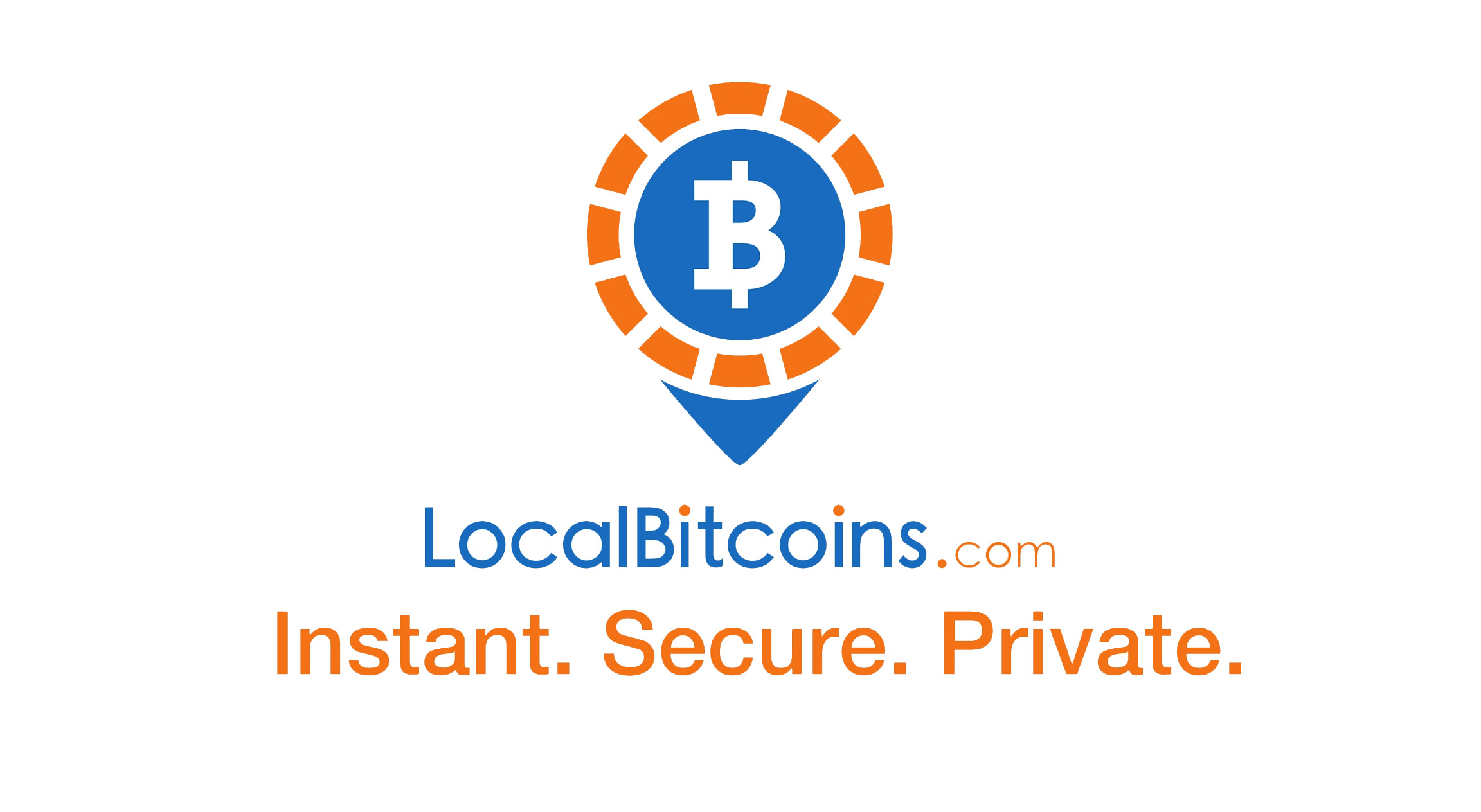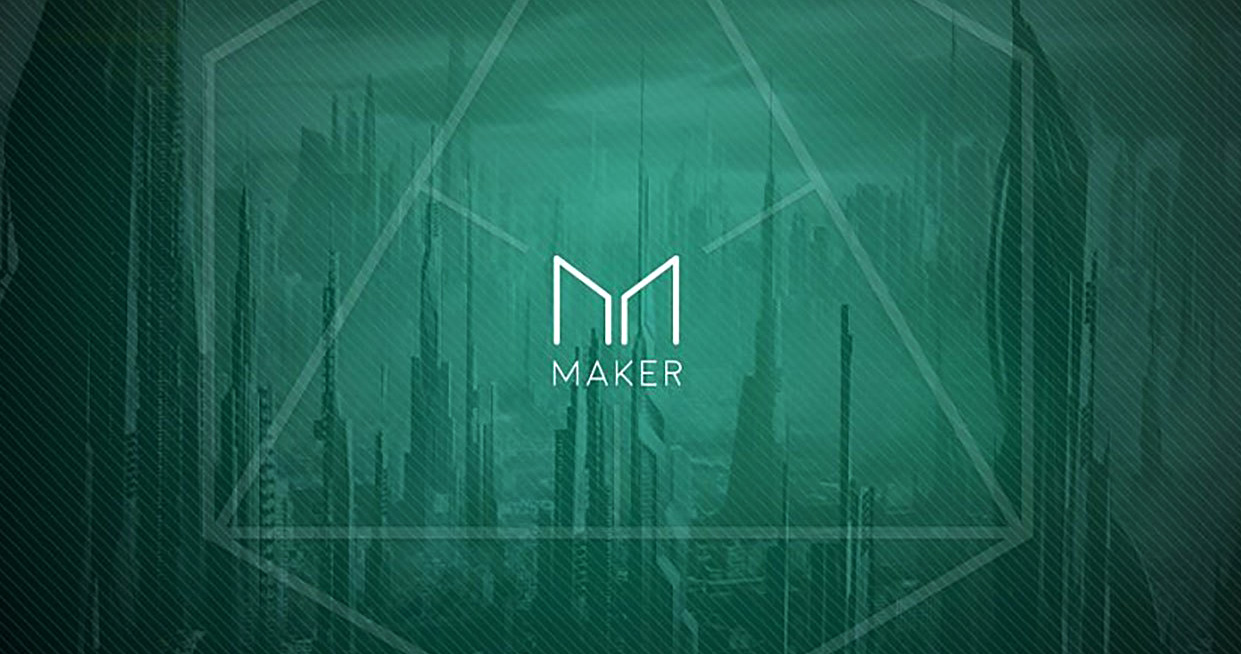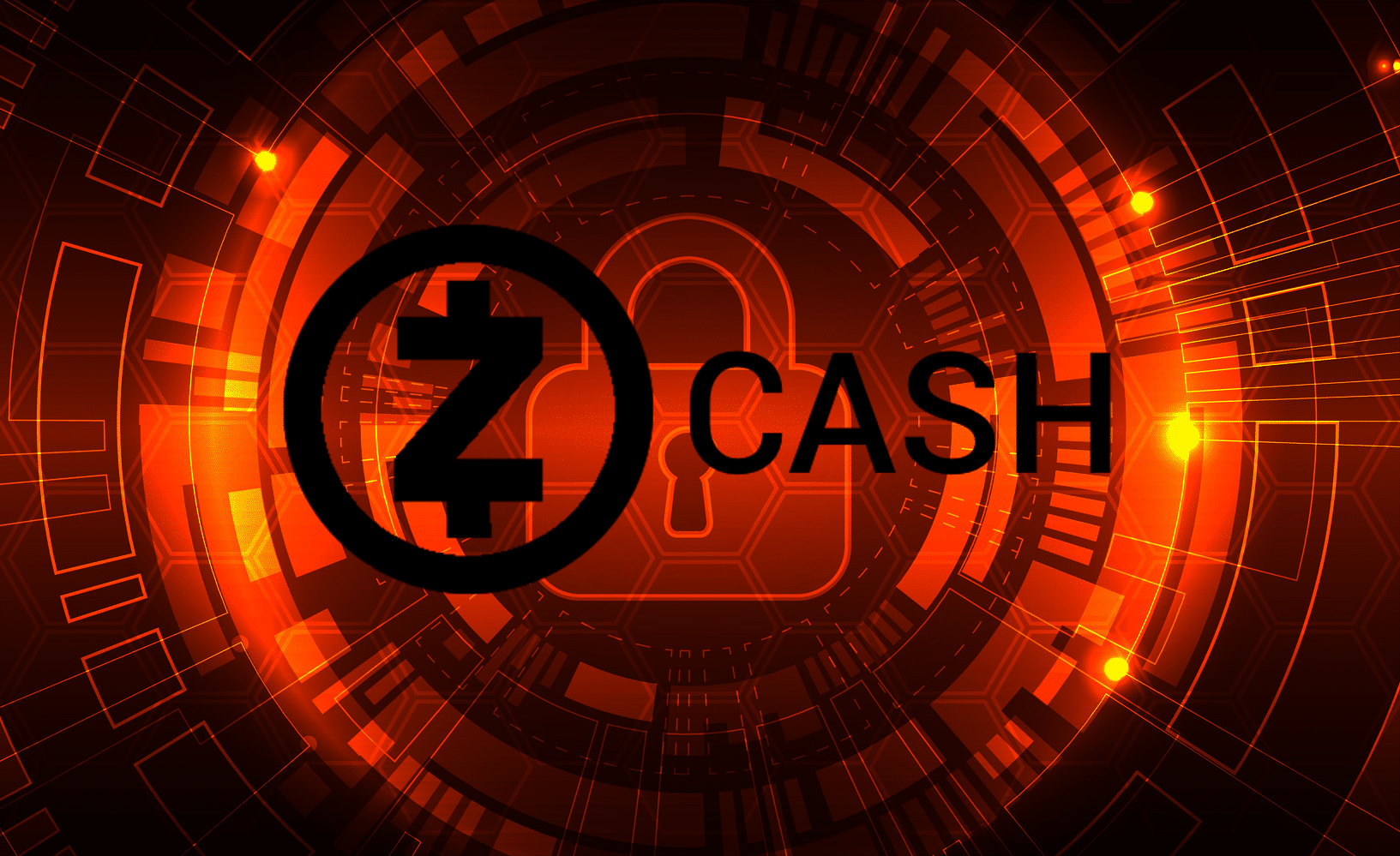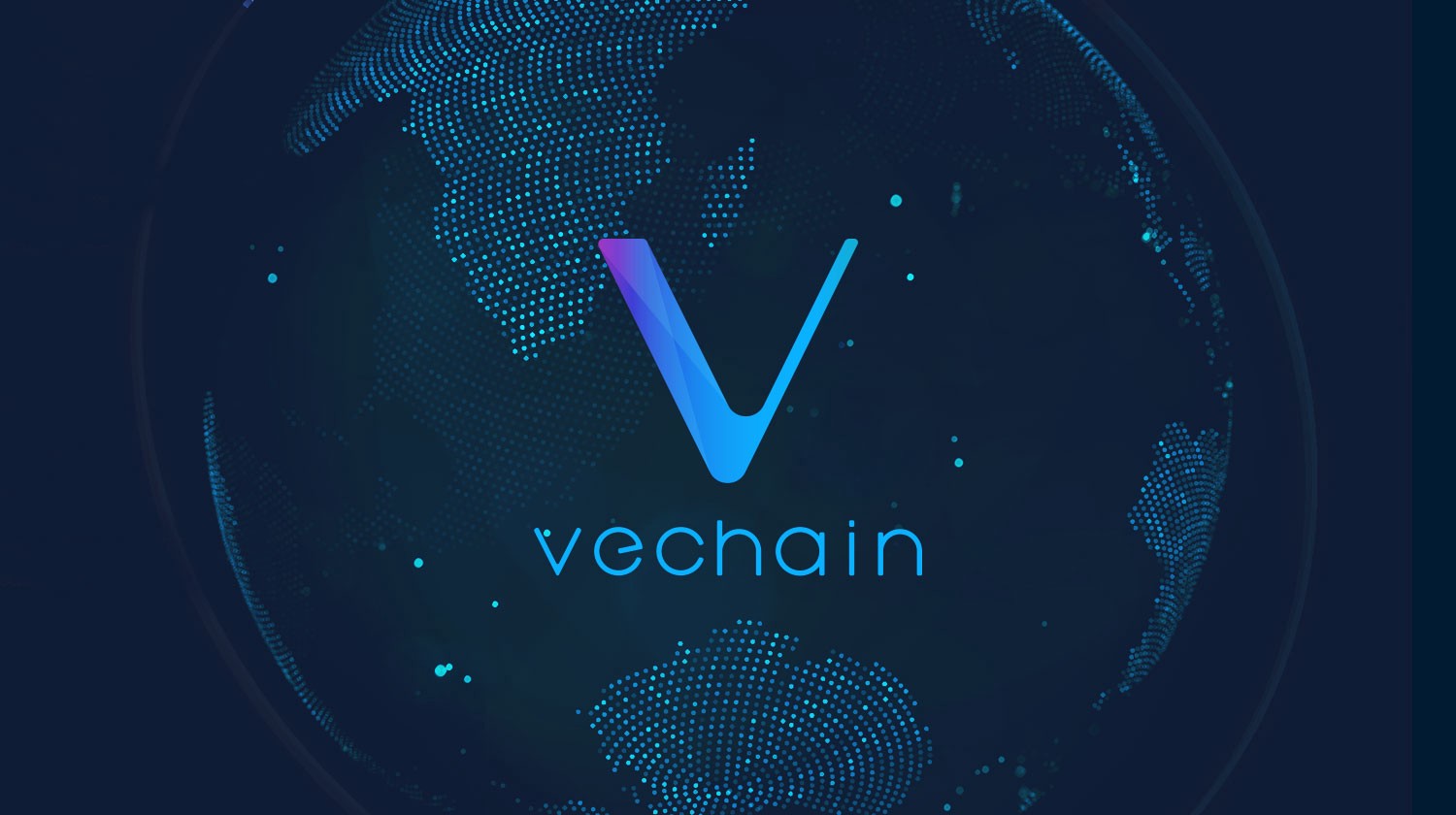“Blockchain” is the great technological revolution that makes cryptocurrencies unique. It is a decentralized ledger that tracks all transactions in the history of cryptocurrencies.
Being a decentralized network makes cryptocurrencies like iCashweb practically impossible to hack. There is no central computer or a group of computers that can be directed. The computers that run on the network are scattered all over the world.
Now, in mining, there are only some cryptocurrencies that use this mechanism.
Satoshi Nakamoto, for example, programmed the algorithm that supports Bitcoin to work so that transactions are grouped in a block every 10 minutes. He also designed a sophisticated and intelligent reward system designed to stimulate those who validate the transactions recorded in the blockchain “the minadores”.
Each time a new block is solved (which means that the miner has verified all the transactions of the block and these were valid for more than 50% of the rest of the miners), that block is added to the leger, following all the other blocks that were already mined in the past.
Automatically, the records of all the miners are updated to reflect that latest addition in the blockchain, and the miner who did the last check job is rewarded.
The bitcoin code is programmed to automatically release a certain amount of bitcoins to the miner who worked fastest in the last 10 minutes. This is how the new bitcoins come into circulation, without the need for a central authority to control their supply, as with traditional currencies.
The amount of the reward has been programmed to halve every 210,000 mine blocks, which represents every four years. This mechanism was designed by Satoshi
Nakamoto with the objective of controlling the offer and limiting monetary inflation. When Bitcoin was launched in 2009, the miner received 50 bitcoins per block mined. In 2012, the 210,000 block was removed and the reward fell to 25 bitcoins.
In July 2016, the 420,000th block was extracted, the reward fell again, now to 12.5 bitcoins, which means that currently every 10 minutes, 12.5 new bitcoins come into circulation.
It is expected that by the year 2140 the reward per mine block will reach zero and that the total amount of bitcoins will reach its maximum supply, which according to the code created by Satoshi Nakamoto, will be 21 million bitcoin units. No other bitcoin can be created after that.
This means that the reward for the people responsible for verifying transactions can change from a rewards system per mined block to a fee-based transaction system.
Invest in cryptocurrencies! Invest today, on iCashweb.








